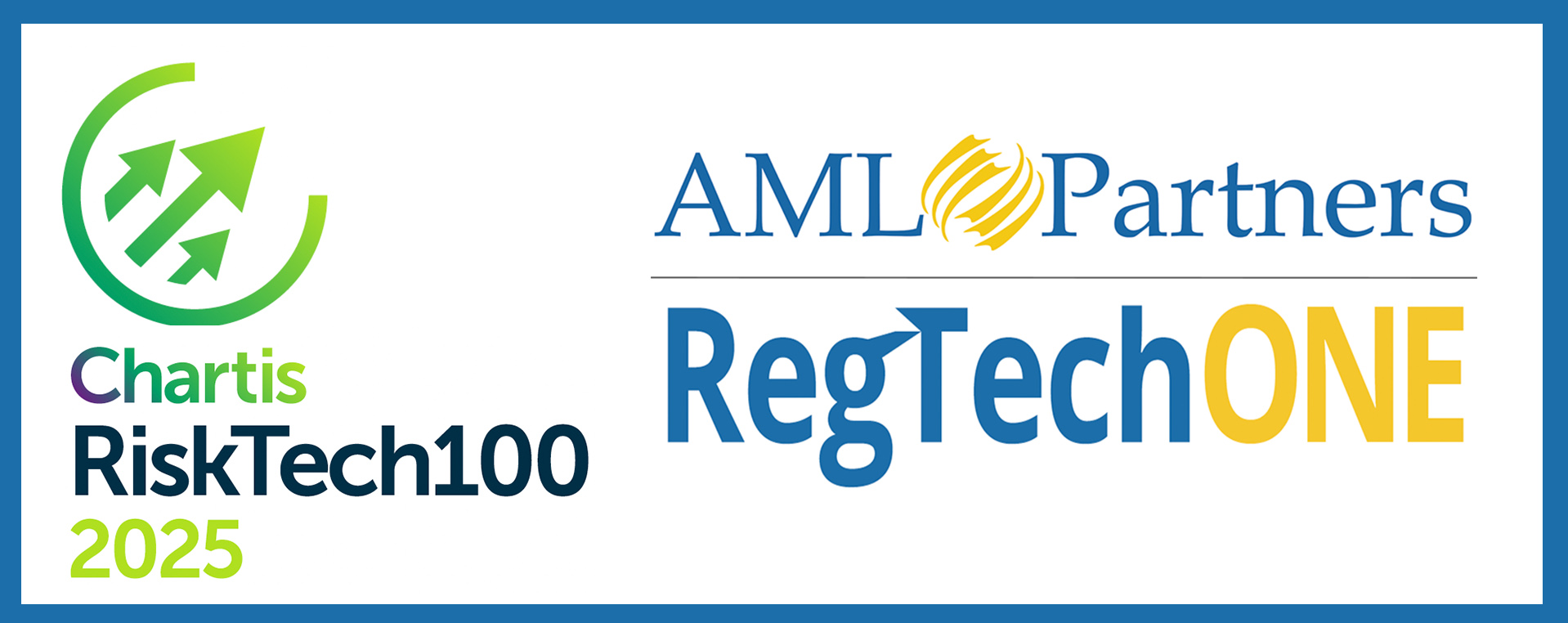
What the New York Times Revealed About Modern Money Laundering—and Why Compliance Must Evolve
In a powerful investigative feature on modern money laundering published in March 2025, The New York Times pulled back the curtain on the underworld of global money laundering. Times reporters expose a vast and increasingly digitalized ecosystem that stretches from Cambodia’s casinos to Chinese messaging apps and beyond. The article serves as an informal “money laundering manual” for bad actors—and a wake-up call for regulators and Compliance professionals.
At the center of the story is Huione Pay, a digital payment platform officially registered in Cambodia but widely used for illicit finance across Asia. According to the Times investigation, criminal syndicates rely on Huione Pay and similar apps to transfer and obscure billions in dirty money. These operations are meticulously organized and stunningly efficient, highlighting the gaps in global AML enforcement.
Money laundering manual: Key takeaways
Here are the key takeaways from the article’s analysis of modern money laundering that every Compliance professional should understand:
1. Digital payments are the new laundromats
Instead of suitcases of cash, today’s money launderers favor encrypted apps and digital wallets. Platforms like Huione Pay offer low regulatory scrutiny and high anonymity, making them ideal for transferring funds without detection. Transactions are often labeled innocuously—like “noodles” or “travel expenses”—to mask criminal origins.
2. Casino ecosystems as modern money laundering hubs
Cambodia’s casinos, many of which cater exclusively to foreign gamblers, have become crucial nodes in laundering operations. Illicit funds enter the casino through junkets or fake winnings and emerge “clean” through chips, wire transfers, or real estate purchases.
3. Scam compounds and human exploitation on huge scale
The investigation also revealed how scam operations—run out of compounds where trafficked workers are forced to perpetrate crypto frauds—generate enormous criminal revenues. These earnings, once converted into digital currency, are laundered through complex payment chains and withdrawn around the world, often in luxury goods or property.
4. The social media layer–money laundering command centers
WeChat, Telegram, and other platforms act as command centers for laundering operations. Groups post live conversion rates, share client requests, and confirm transfers—all out of sight of regulators. This real-time coordination mirrors legitimate currency markets but is driven by criminal proceeds.
5. Regulatory arbitrage is thriving
Criminals exploit regulatory blind spots, especially in countries with weak AML oversight or underdeveloped FinTech laws. Cambodia, with its lax enforcement, has become a favorite staging ground for such operations. Yet the money often flows into real estate markets and banks in countries with far stricter rules—once it’s been cleaned.
What this means for AML Compliance professionals
The New York Times article underscores the necessity of robust, adaptable, and tech-enabled AML Compliance systems. Criminal enterprises are evolving faster than traditional regulatory approaches can manage. To counter this, financial institutions must embrace:
- Real-time monitoring of digital payment platforms
- Advanced screening of transaction metadata and messaging patterns
- Cross-border collaboration and information sharing
- Dynamic risk modeling that flags non-traditional laundering patterns
AML platforms like RegTechONE® from AML Partners help institutions fight back. With full data orchestration, embedded AI/ML agents, and Directed Intelligence that captures every Compliance decision, RegTechONE empowers organizations to meet the complexity and speed of modern financial crime.
As the global money laundering playbook evolves, so must our defenses. The New York Times has laid out the new terrain—it’s up to Compliance professionals to navigate it with agility, precision, and cutting-edge tools.


